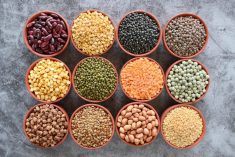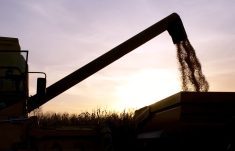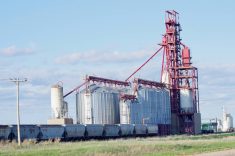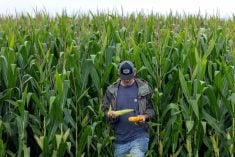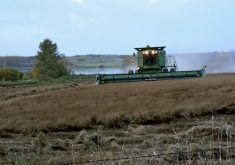Morris, Man., (Reuters) — Canola crops in southern Manitoba are growing at a wider range of stages than usual, with many behind normal development stage, scouts touring the fertile western Prairies found Monday.
Some canola was just beginning to flower, while other crops were in full bloom, canola’s critical development period. Other fields of canola in south-central Manitoba looked healthy and were forming pods, as they normally do in late July.
“Canola is more variable than I thought,” said Chris Birk, farm service co-ordinator at grain marketer CWB, which is leading the crop tour. “In a normal year, it would be done blooming by now.”
Read Also
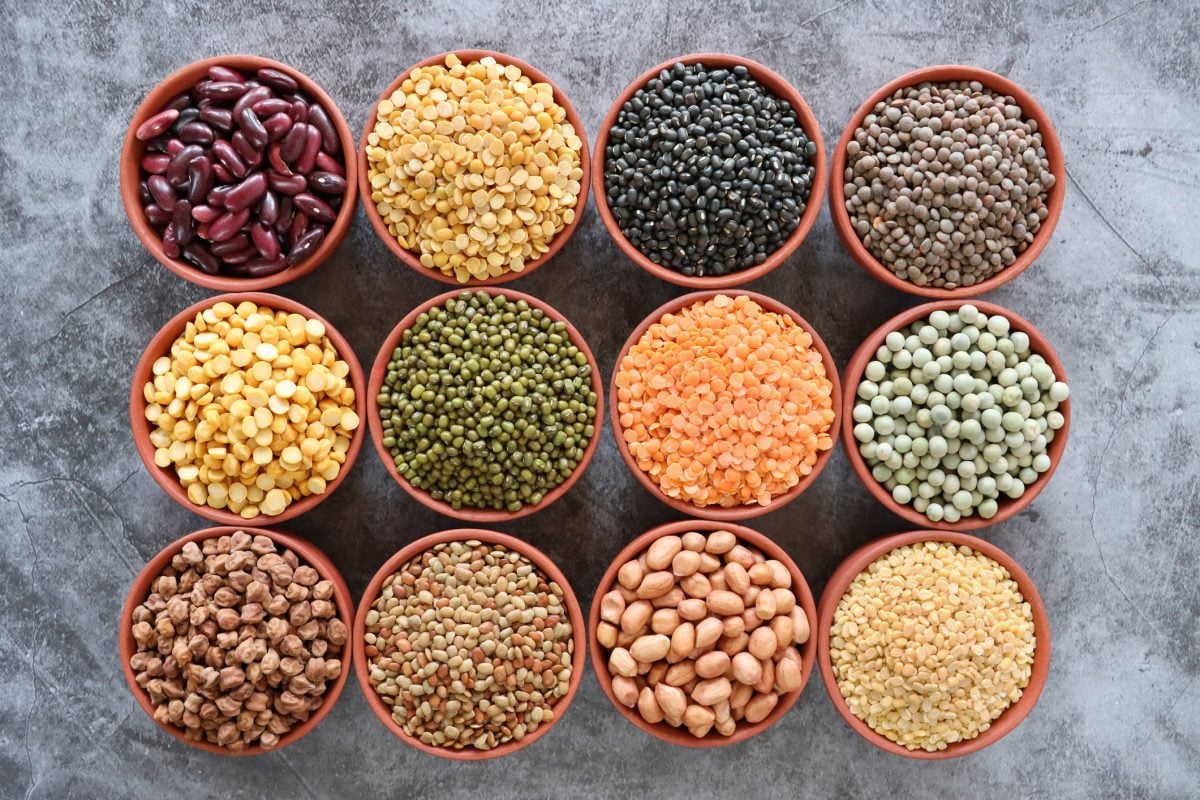
Pulse Weekly: SPG looks back at harvest, ahead to trade
Saskatchewan Pulse Growers executive director Carl Potts said this year’s harvest had strong yields as the organization now works on international trade.
Scouts on the Manitoba tour expected to tour an area further west that was heavily damaged by rain later in the afternoon.
The inaugural Cereals North America Canadian crop tour from Monday to Thursday is expected to span the western crop producing provinces of Manitoba, Saskatchewan and Alberta on three separate routes.
The area normally accounts for one-third of Western Canada’s spring wheat area and 40 percent of its canola acres.
On Monday morning, the tour travelled south of Winnipeg to almost the North Dakota border, before turning west to Winkler.
Spring wheat yields looked normal, Birk said, with elevated spots in fields looking to produce high yields that may compensate for lower areas that were drowned out. Several winter wheat fields were re-seeded along the edges with spring wheat, likely due to winterkill.
The Manitoba tour saw only one field that looked completely unplanted, surrounded mainly by big, even crops of canola, spring wheat, corn and soybeans.
The challenging conditions come one year after nearly ideal weather resulted in Canadian farmers smashing records for all wheat and canola production.
Canada is the world’s third-largest wheat exporter after the European Union and United States, as well as the biggest exporter of canola and durum.


